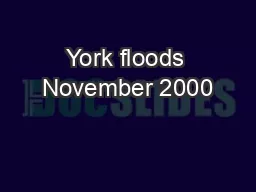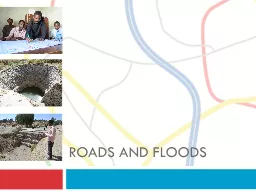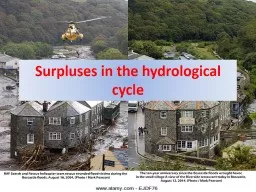PPT-York floods November 2000
Author : calandra-battersby | Published Date : 2017-06-11
3540mm rain in 24 hours 3000 people evacuated Army called in to help Ouse 48m above normal levels 80000 sandbags used York race course flooded no races Average
Presentation Embed Code
Download Presentation
Download Presentation The PPT/PDF document "York floods November 2000" is the property of its rightful owner. Permission is granted to download and print the materials on this website for personal, non-commercial use only, and to display it on your personal computer provided you do not modify the materials and that you retain all copyright notices contained in the materials. By downloading content from our website, you accept the terms of this agreement.
York floods November 2000: Transcript
Download Rules Of Document
"York floods November 2000"The content belongs to its owner. You may download and print it for personal use, without modification, and keep all copyright notices. By downloading, you agree to these terms.
Related Documents














